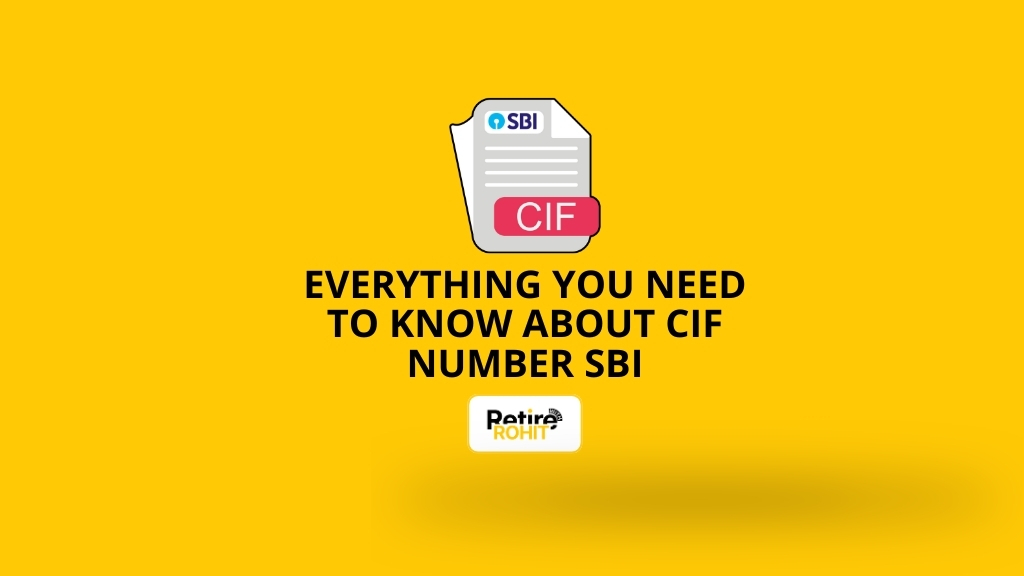Everything You Need To Know About CIF Number SBI

If you’ve ever opened a bank account with SBI, you’ve already got a CIF number, even if you didn’t know it. Your CIF (Customer Information File) number is a unique 11-digit code that SBI uses to store everything about you: your name, account, address, PAN, Aadhaar, KYC, loans, balances, Demat, and more. So here we will know about CIF number SBI.
What Is CIF Number in SBI?
Imagine CIF is like your “roll number” in school. Just like your school roll number stores all your exam marks, attendance, and report card under one ID, your CIF number stores all your banking info under one code. So, no matter how many accounts you have in SBI (savings, fixed, PPF), your CIF number stays the same.
You’ll need it for:
- Using SBI net banking or the YONO app
- Transferring your account to another branch
- Opening a Demat account or investing in IPOs
Ways to Find CIF Number in SBI
Your CIF number is a unique 11-digit code assigned by State Bank of mdia to every customer. It links all your banking information, including your accounts, loans, KYC, and more. Even if you close an account or shift to another branch, your CIF number stays the same.
YONO App
The easiest and most convenient way to find your CIF number is through the SBI YONO app.
- Download the SBI YONO app from the Play Store or official SBI website (avoid fake apps).
- Open the app and log in using your customer ID and password (same as Internet Banking).
- Go to the “Services” section.
- Tap “Online Nomination.”
- Change the account type to “Transaction Account.”
- Your CIF number will be displayed in the account statement section.
Official Website
If you prefer using your computer or mobile browser, you can find the CIF number through SBI Net Banking.
- Go to official website
- Click on “Login” under Existing Customer and enter your ID and password.
- Go to “My Account”, then click on the “Profile” icon.
- Choose “Account Summary” from the dropdown menu.
- Click “View Nomination and PAN Details.”
- You will see your CIF number displayed on the screen.
Conclusion
Your CIF number is the backbone of your relationship with SBI. It connects all your accounts, personal data, and banking activity. It's not the same as your account number and is needed for everything from internet banking to stock market investing.


